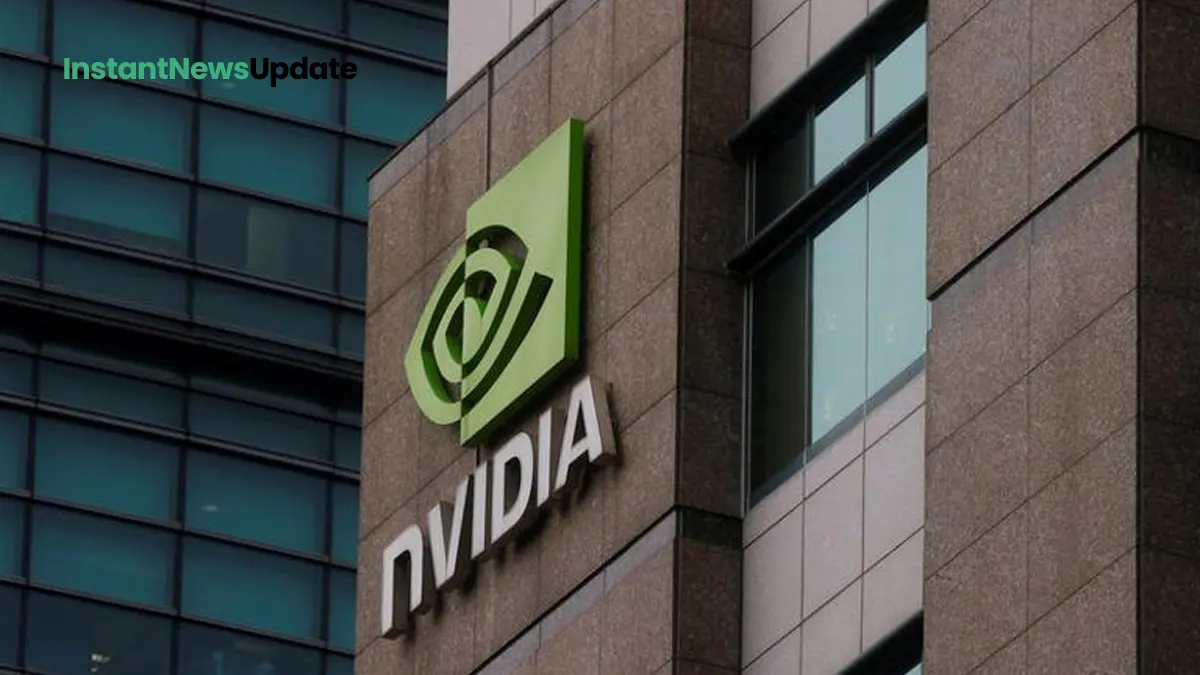Introduction:
Saturn enthusiasts and stargazers, mark your calendars! The awe-inspiring planet Saturn, known for its majestic rings, is gearing up for a spectacular appearance this weekend as it achieves opposition, its closest point to Earth in its orbit around the Sun.
Opposition and Illumination:
Opposition is the remarkable celestial event where Earth aligns directly between Saturn and the Sun. This positioning results in Saturn being fully illuminated by the Sun’s rays, rendering it readily visible from our planet.
Date and Time:
The prime time to witness this celestial spectacle is during the early hours of Sunday, August 27th, at approximately 1am (BST). At this juncture, Saturn will emanate a luminosity of magnitude 0.3, located at a distance of 73 light-minutes (approximately 8.8 astronomical units) away from Earth.
Frequency of Saturn’s Opposition:
Saturn engages in its opposition rendezvous nearly once per year. However, due to its unique orbit, with an orbital period of 29.4 Earth years, Saturn’s oppositions occur about every 378 days.
Upcoming Oppositions:
For stargazers who miss this year’s event, fret not. In the year 2024, Saturn is projected to achieve opposition on the 8th of September.
Observing Saturn from the UK:
On Sunday morning, Saturn will ascend from the east and descend in the south. To locate the planet, turn your gaze to the constellation of Capricorn. A helpful navigational tip is to extend an imaginary line from the stars Vega to Altair, which will lead you to the distinctive Capricorn constellation.
For those seeking assistance in locating these stars, a plethora of stargazing applications are available for guidance.
Enhancing the Viewing Experience:
Although Saturn can be faintly discerned with the naked eye and binoculars, the most rewarding spectacle awaits those armed with a telescope. With the aid of a telescope, observers can marvel at Saturn’s iconic rings and, if conditions permit, even catch a glimpse of its largest moon, Titan.
Telescopes ranging from 80–150mm (3- to 6-inch) in size will unveil the captivating Rings A and B. For a more comprehensive view, a telescope with a diameter of 250mm (ten inches) will unveil the Cassini Division—a dark rift nestled between Saturn’s prominent rings.
Conclusion:
Prepare for an unparalleled celestial rendezvous as Saturn, bedecked in its resplendent rings, approaches Earth in a captivating display. Set your clocks and ready your telescopes for a night of astronomical wonder on August 27th!









